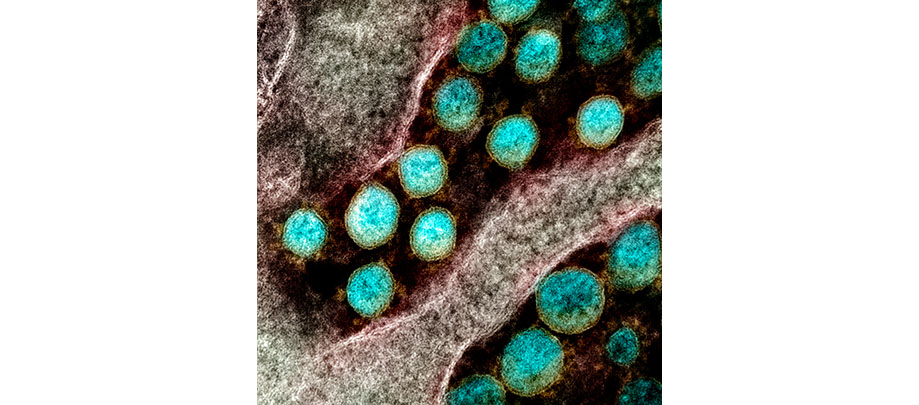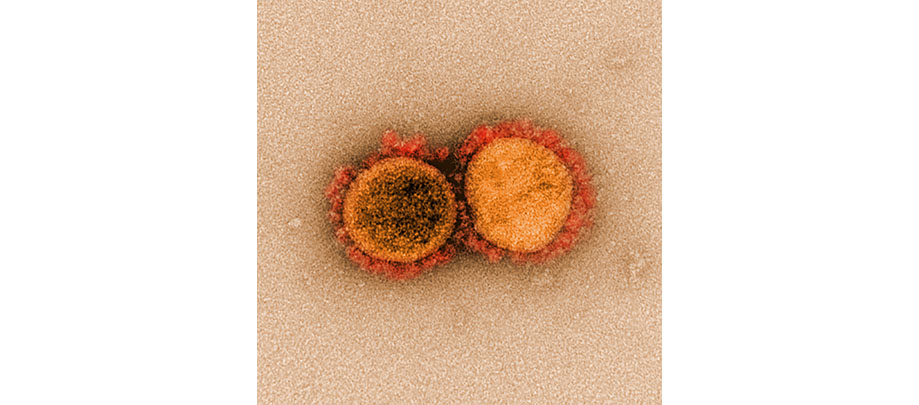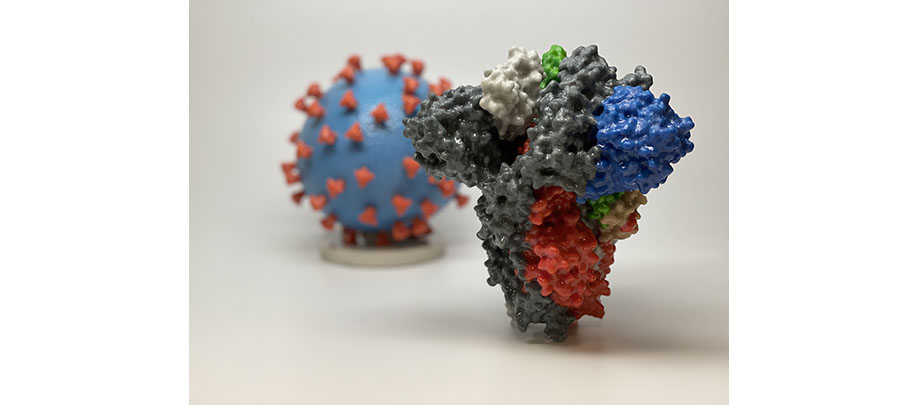RESEARCH FOCUSES

Brief Introduction about Covid-19
Coronaviruses were first discovered in the 1930s when an acute respiratory infection of domesticated chickens was shown to be caused by infectious bronchitis virus (IBV). In the 1940s, two more animal coronaviruses, mouse hepatitis virus (MHV) and transmissible gastroenteritis virus (TGEV), were isolated.
Coronaviruses are large pleomorphic spherical particles with bulbous surface projections. The average diameter of the virus particles is around 120 nm (.12 μm). The diameter of the envelope is ~80 nm (.08 μm) and the spikes are ~20 nm (.02 μm) long. The envelope of the virus in electron micrographs appears as a distinct pair of electron dense shells.
Coronaviruses vary significantly in risk factor. An outbreak of severe acute respiratory syndrome (SARS) began in 2002 in Asia. The virus was officially named the SARS coronavirus (SARS-CoV). More than 8,000 people were infected, about ten percent of whom died.
In September 2012, a new type of coronavirus was identified, initially called Novel Coronavirus 2012, and officially named Middle East respiratory syndrome coronavirus (MERS-CoV).[19][20] As of December 2019, 2,468 cases of MERS-CoV infection had been confirmed by laboratory tests, 851 of which were fatal, a mortality rate of approximately 34.5%.
In early December 2019, a pneumonia outbreak was reported in Wuhan, China. On December 31, 2019, the outbreak was traced to a novel strain of coronavirus, which was given the interim name 2019-nCoV by the World Health Organization (WHO), later renamed SARS-CoV-2 by the International Committee on Taxonomy of Viruses.
As of April 19, 2020, there have been at least 164,937 confirmed deaths and more than 2,394,278 confirmed cases worldwide in the coronavirus pneumonia pandemic. The U.S is the country with the highest number of casualties with more than 40,585 recorded deaths and 671,425 confirmed cases.
There are yet to be vaccines or antiviral drugs to prevent or treat human coronavirus infections.
Ref: COVID-19 Dashboard by the Center for Systems Science and Engineering (CSSE) at Johns Hopkins- https://coronavirus.jhu.edu/map.html ]
Building on previous research on SARS and MERS, Coronavirs Research Institute (COVRI) is developing novel diagnostics, therapeutics and vaccines to fight against COVID-19. These projects include conducting basic research to understand how the virus infects cells and causes disease, and what interventions can prevent and stop the spread of disease.
STRATEGIC RESEARCH PLAN
The Coronavirus resseach Institute (COVRI) has a long- term strategic research plan, which can be summarized as follows:
Priority # 1: To test repurpose drugs which have been approved by the FDA for other indications for the prophylaxis and treatment of Covid-19.
Priority # 2: to develop promising drugs that have demonstrated a preliminary proof of safety and efficacy in other indications to evaluate its application for Covid-19.
Priority # 3: to develop promising vaccines that have demonstrated a preliminary proof of safety and efficacy to protect and prevent the on-set of Covid-19.
Priority # 4: to manage the infection control, including best ways to protect health care workers.
For further information on potential research collaboration, please contact us online at Contact Form. Thank you.
|










